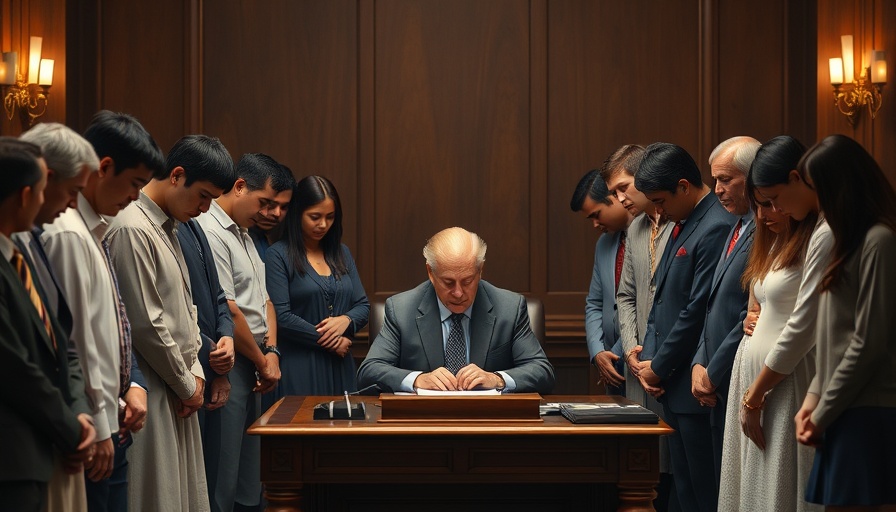
The Texas Experiment: A Closer Look at Charter School Partnerships
The concept of diverting public education funds to private operators through charter schools has become a contentious topic in Texas. Introduced as a means to improve struggling public schools, the Texas Partnerships framework initiated under Senate Bill 1882 has garnered both support and opposition since its inception. With a significant financial commitment of over $735 million to these operators, questions arise regarding the effectiveness and accountability of this approach in truly benefiting the state's most vulnerable students.
Unpacking Senate Bill 1882: Intent vs. Reality
When Texas Senator Paul Bettencourt proposed Senate Bill 1882 in April 2017, proponents hailed it as a groundbreaking solution to failing schools. The aim was to empower nonprofit charter operators to implement innovative practices in traditional educational environments. Yet, several advocates voiced concerns about high costs and a lack of accountability, indicating that such measures could be more detrimental in the long run. Fast forward to today, and it appears that those fears were not unfounded.
The Financial Impact: Are Taxpayer Dollars Being Wasted?
Texas educational spending remains among the lowest in the nation, with the state allocating approximately $12,000 per student, significantly less than the national average. However, involvement in the Texas Partnerships program has unlocked an additional $284 million intended to benefit students in struggling districts. While this may suggest a boon for education, closer inspection reveals a troubling trend—school districts terminating contracts with charter operators at an alarming rate. With 44 campuses affected within just seven years, this raises fundamental questions about the efficacy of these partnerships and if they genuinely represent an investment in student success.
Historical Context: Why Did Texas Opt for Charter Schools?
The push for charter schools in Texas is rooted in a broader national trend over the past few decades towards privatizing public education. Advocates argue that such initiatives foster competition and innovation in educational practices. However, critics assert that this can lead to a dilution of educational quality and further entrench existing inequalities, particularly in low-income areas where resources are already scarce.
Future Predictions: What Lies Ahead for Texas Education?
As Texas educators and policymakers reflect on the lessons from SB 1882, the future of educational funding and structure remains uncertain. Will the state pivot back toward fully funding its public schools, or continue to prioritize funding for nonprofit entities? The outcome will likely impact not only future generations of students but also the intricate web of small businesses that cater to local districts, leaving many in the business community hungering for clarity.
Forging New Connections: Business Owners and Education Reform
For business leaders in Texas, the success or failure of educational policies can directly influence local economies. A well-educated workforce attracts new business opportunities, while struggling schools can push talent away. Engaging in the discourse surrounding education funding allows business owners to advocate for reforms that ensure accessible and quality education for all children.
Take Action: Engage with Local Decision Makers
As a business leader, you have the power to influence change within your community. Here’s how:
- Attend local school board meetings to voice your opinions.
- Collaborate with education advocates and organizations to drive meaningful reforms.
- Invest in local educational programs that support children from underserved backgrounds.
The conversation surrounding Texas education is not just about schools—it's about the future of our economy and workforce. Get involved to ensure every Texan child has the opportunity to succeed.
 Add Row
Add Row  Add
Add 




Write A Comment